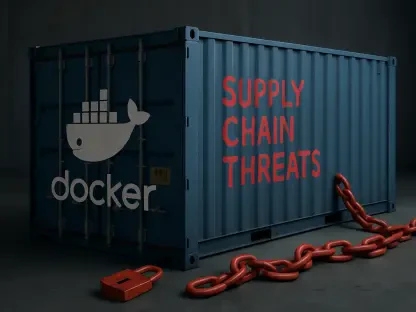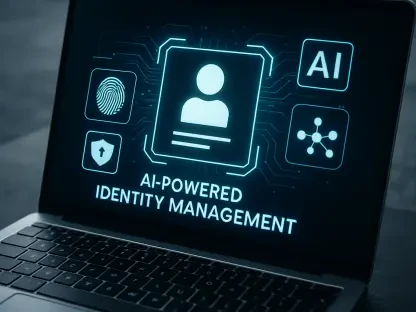In today’s data-driven world, the sheer volume of information generated is staggering, and companies must find ways to store immense amounts of data. As we edge closer to the era where 100 TB hard drives become the norm, Seagate finds itself at the forefront of this challenge. With burgeoning data demands, the stakes have never been higher.
Explaining the Stakes of Data Storage
The digital age has brought an insatiable appetite for storage. Whether it’s cloud service providers, data centers, or industries heavily relying on data storage—there’s a pressing need for increased capacity and efficiency. Seagate’s HAMR (Heat-Assisted Magnetic Recording) technology holds significant potential in this context. With its promise of delivering unprecedented storage densities, it could transform industries that depend on massive data processing and storage capabilities.
Delving Into HAMR: A Revolutionary Concept
The principles behind HAMR technology are intriguing. It utilizes a laser to heat small sections of the disk platters, allowing for greater stability and the ability to store more data per square inch. Seagate aims to leverage this technology to create 100 TB drives, marking a significant leap from the current 30 TB drives they’re producing. The journey has encountered hurdles, including production delays and the challenge of maintaining reliability as drive capacity increases. Despite these issues, Seagate demonstrates steady progress, with milestones like 6.5 TB per platter showing promise.
Insights from Industry Experts
Seagate’s leadership provides valuable insights into this complex endeavor. In discussing the company’s development journey, CEO Dave Mosley often highlights the strides made over the past several decades. Tech analysts and industry experts also contribute perspectives, emphasizing both the technological advancements and the production challenges intrinsic to HAMR technology. Seagate’s 25-year exploration into HAMR has been punctuated by rigorous development and adaptation, setting the stage for future breakthroughs.
Future Strategies for Achieving Milestone Capacities
Looking forward, Seagate has embraced several strategic moves critical to mastering HAMR. These include reducing the number of platters and sliders to manage costs effectively. Another key strategy is the vertical integration of laser components, which reduces production costs while enhancing efficiency. Future goals involve detailed milestones mapped out for increasing HAMR-based production exabytes, with aspirations to demonstrate 10 TB per platter capacities in the near term. The competitive landscape, rife with rivals like Western Digital and Toshiba, ensures that Seagate continuously innovates to maintain its lead.
Charting a Path Toward Groundbreaking Advances
By 2025, Seagate had consistently faced the complexities of extending HAMR technology to a broader market. The company laid plans for gradually increasing HAMR-based disk production from 2025 onwards, but also frequently adjusted timelines as technical challenges persisted. The aim to commercialize 100 TB drives was ambitious, with eyes set on even greater horizons—150 TB drives loomed on the distant horizon. While Seagate remained optimistic about capturing the market with these enhanced capacities, the road ahead was laden with both challenges and opportunities for revolutionizing the data storage industry.
As the narrative of HAMR technology unfolds, Seagate’s journey encapsulates both the persistent technical obstacles and the profound potential for achieving groundbreaking innovations in data storage. The lessons learned during this undertaking will undoubtedly contribute to the evolving industry landscape, offering valuable insights for the future of technological advancements and data-driven solutions.









